
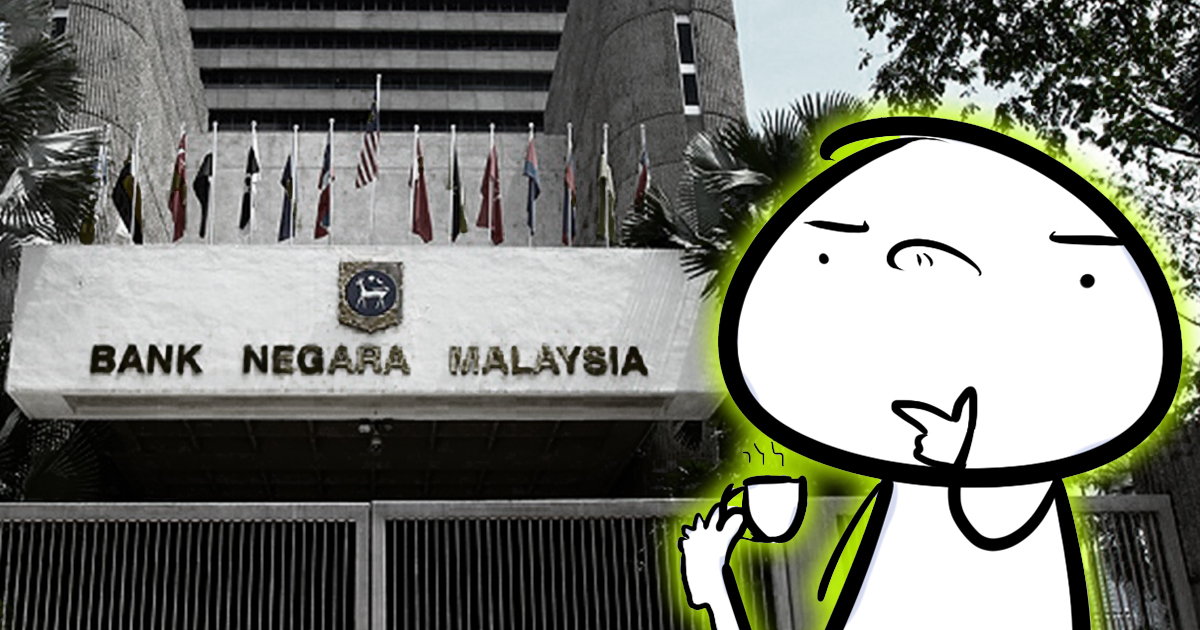
General,Banking
3 ways Bank Negara controls our economy that you probably haven't heard of
almost 6 years ago JS Lim
Question - What bank in Malaysia doesn’t have ATM machines?
Bank Negara Malaysia. However, you’ve heard them release policies and statements about financial issues, like their position on cryptocurrencies, and the Inter-operable Credit Transfer Framework (ICTF) that took effect in July.
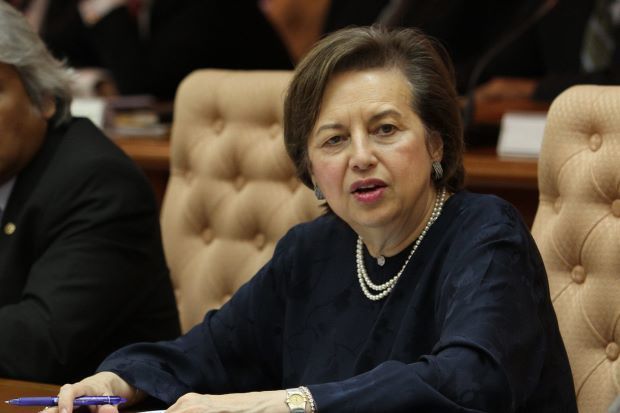
They do this on authority as the Central Bank of Malaysia - but what does that mean? What exactly do they do that is different from other banks?
[READ MORE - Is Bitcoin legal in Malaysia?]
[READ MORE - Bank Negara’s policy on FREE bank transfers is actually about...paying with QR codes?]
Bank Negara is… a company
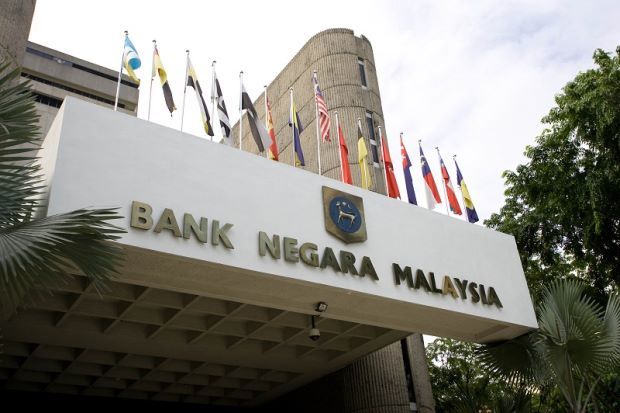
Bank Negara Malaysia, also known as the Central Bank of Malaysia, was established under the Central Bank of Malaysia Act 1958 as a “body corporate”. There’s since been a new law written, the Central Bank of Malaysia Act 2009 (CBMA), which continues to provide for Bank Negara’s existence.
A “body corporate” is basically a company which has what we call “separate legal entity”. This means that legally speaking, the company becomes a “person” and can do almost anything a real person can. Bank Negara is just like normal banks in the sense that it operates like a company, even though you won’t see “Sendirian Berhad” behind its name.
[READ MORE - If a Malaysian company that owes you money goes bankrupt, can you sue the boss to get it?]
As to the question of who owns Bank Negara... we don’t know, because there’s no list.
Bank Negara is a pretty powerful body corporate though. It has quite a few functions listed under Section 5 of the CBMA, but they fall under 3 major categories…
1. Monetary Policy
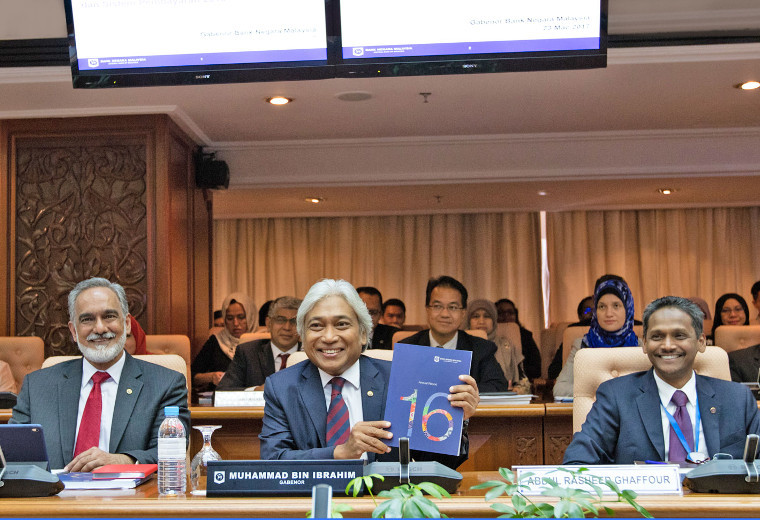
The interest rates at your bank fluctuate over time - those rates move according to the interest rates set by Bank Negara - also known as the “Overnight Policy Rate” (OPR) defined in their monetary policy. The goal of Bank Negara in setting a monetary policy is to maintain price stability, while taking the state of the economy into account.
They do this through a Monetary Policy Committee set up by Section 23 of the CBMA, which consists of Bank Negara’s Governor, the Deputy Governors, and between 3-7 other members who will either be directors or officers of the Bank. They decide on monetary policy together and publish a monetary policy statement roughly every 2 months (which you can keep track of here).
After that, the Bank can choose to implement the monetary policy by these further measures (other than setting the interest rate):
-
Issuing financial securities, but no more than the amount of foreign reserves (non-Malaysian assets) they own
-
They can buy, sell, and redeem their own financial securities
-
Requiring financial institutions to hold reserves with Bank Negara
-
Exercise certain powers to transact with financial assets as per Section 75 of the CBMA
-
Make financial transactions involving currencies, securities, precious metals, or other commodities or financial instruments
Basically, they’re balancing the economy and keeping it healthy by setting the price of money itself (which is the interest rate).
2. Financial Stability
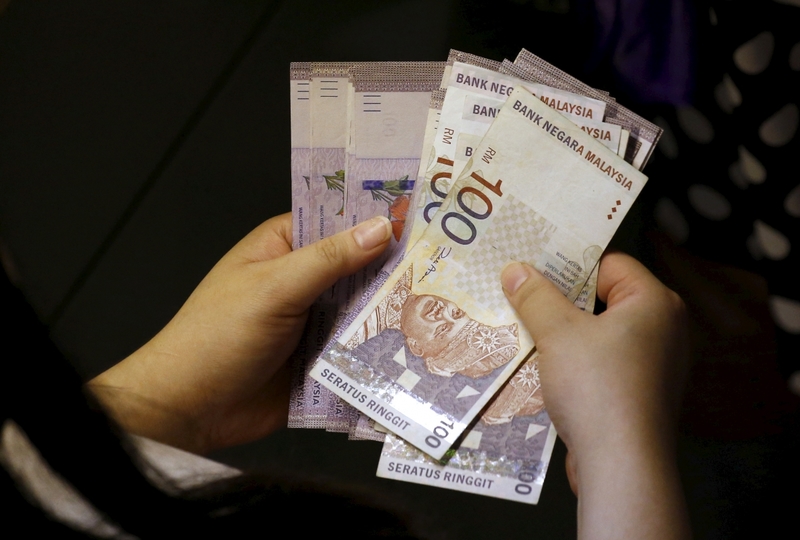
What “financial stability” means isn’t defined in the CBMA, but a “risk to financial stability” is in fact defined in Section 29 as:
-
“... a risk which in the opinion of the Bank disrupts, or is likely to disrupt, the financial intermediation process including the orderly functioning of the money market and foreign exchange market…”
-
“...affects, or is likely to affect, public confidence in the financial system or the stability of the financial system.”
In order to keep that stability, Bank Negara can request any supervisory authority or government agency of Malaysia to submit information on:
-
Any financial institution
-
Any other financial service provider
-
Any other person that Bank Negara thinks might be a risk to financial stability
-
Any related corporation of the above
Once they get that information, Bank Negara can also take measures under Section 31 to protect financial stability, such as controlling the amount of any type of risk people can take, or even issue orders to banks and the general public to take measures which will protect them from risks to financial stability. For example, if Chimpanzee Bank takes on a lot of high risk assets like, say…sub-prime mortgage securities (hint hint), Bank Negara can choose to issue an order telling Chimpanzee bank to reduce their exposure to those high risk assets.
In the worst case scenario where a financial institution goes bankrupt, Bank Negara can also, under Section 32 of the CBMA, provide liquidity assistance (loans) to those financial institutions, and even buy up that financial institution’s shares.
3. Control Foreign Exchanges
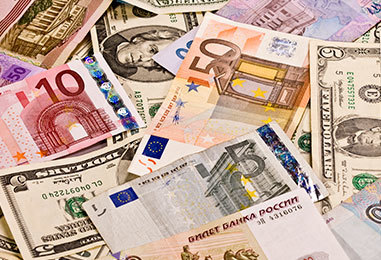
If you’ve never heard of the “Yen Carry Trade”, it was basically an “easy money” tactic that involved borrowing Yen from Japan at a very low interest rate, and reinvesting that money in the US where interest rates were higher and you would get a nice return - basically borrowing money for almost free and then earning interest from another country.
This caused many problems for Japan back when they didn’t have capital controls - to prevent currency from flowing out of the country uncontrollably and devaluing the currency. One of Bank Negara’s responsibilities is to prevent exactly that, so they are empowered through Section 43 of the CBMA to issue:
Under Section 214 of the Financial Services Act 2013, no one can make a transaction under Schedule 14 without the written approval of Bank Negara, which are basically transactions where foreign currencies and/or gold enter Malaysia, and where the Ringgit exits Malaysia. There are further rules in the Foreign Exchange Administration rules of Bank Negara, which you can refer to at Bank Negara’s website. They also have a list of Frequently Asked Questions if you have any specific questions about financial rules and regulations.
Bank Negara stabilizes our economy
If at the end of all that you’re still having trouble figuring out what Bank Negara does, you can think of them as the people who control the thermostat of the Malaysian economy - like the guy with the air conditioner remote in your office. He’s got to make sure the temperature isn’t too cold, nor too hot, so you’ll be reasonably comfortable and know what to expect in times to come. If it’s raining outside, he’s got to turn up the temperature to make sure everyone doesn’t freeze, and so on.

If you’d like to learn more about how the Central Bank functions in an economy, Ray Dalio’s great video about "How The Economic Machine Works" contains information about the role the Central Bank plays in an economy.
Jie Sheng knows a little bit about a lot, and a lot about a little bit. He swings between making bad puns and looking overly serious at screens. People call him "ginseng" because he's healthy and bitter, not because they can't say his name properly.